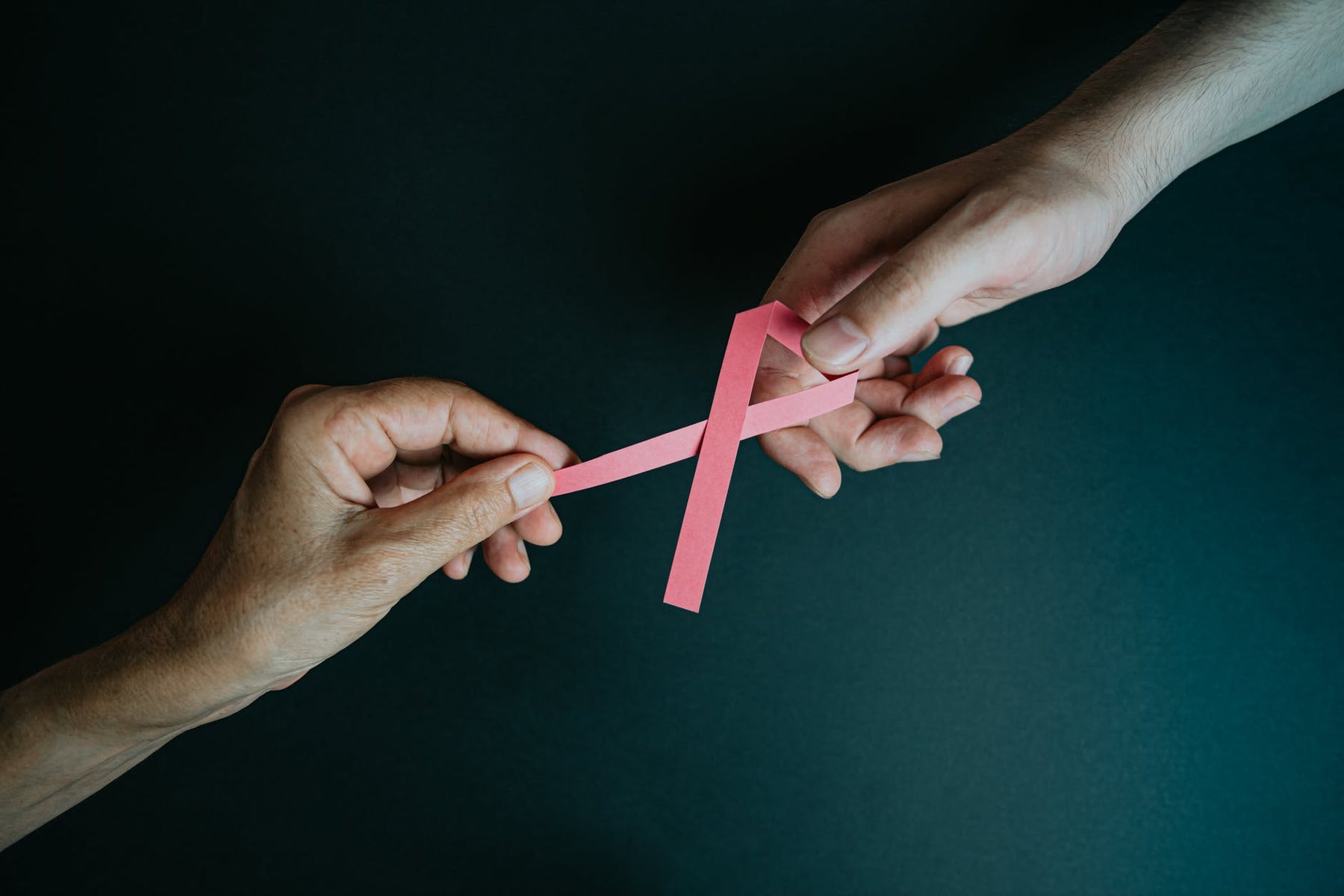
5 common types of cancers in women (& how they’re detected)

Before we investigate the most common types of cancers in women worldwide and their early warning signs, let’s get a clear idea of what cancer is exactly. Cancer is a disease in which some of the body's cells grow uncontrollably and spread to other parts of the body. Some of the cancers that most commonly affect women are breast, colorectal, uterine, cervical, and ovarian cancers.
1. Breast Cancer
Breast cancer accounts for 30 % of female cancer and a woman’s odds of getting breast cancer are 1 in 8. Some clear early warning signs include swelling or a lump around the collarbone or under the arm, breast pain or lump on breast that doesn’t go away after your next period, nipple discharge, etc. The best way to fight breast cancer is early detection through regular mammograms.
2. Colorectal (Colon & Rectal) Cancer
Colon and rectal cancers account for 8 % of all cancer cases and 8 % of female cancer deaths. The risk of getting colon or rectal cancer is 1 in 24. Colon (final part of the digestive tract) cancer that begins in the large intestine. Common symptoms are unexplained weight loss, rectal bleeding or blood in your stool, constant change in your bowel habits, etc. Colon cancer typically affects older adults and screenings are recommended at age 50, though it can happen at any age.
3. Uterine Cancer
Uterine cancer, also known as Endometrial cancer, makes up for 7 percent of all cancer cases, and 4 percent of female cancer deaths. The odds of getting uterine cancer are 1 in 36. Vaginal bleeding after menopause, bleeding between periods and pelvic pain are common early warning signs, and if discovered early, removing the uterus surgically often cures endometrial cancer. Taking estrogen pills after menopause and birth control pills increase your risk of endometrial cancer as it causes hormonal imbalance and increases estrogen.
4. Cervical Cancer
Cervical cancer is the fourth most common cancer in women. It develops in a woman's cervix (the entrance to the uterus from the vagina). Almost all cervical cancer cases (99%) are linked to human papillomaviruses (HPV), the most common sexually transmitted infection (STI). Vaginal bleeding after intercourse, between periods or after menopause watery, bloody vaginal discharge with foul odor, and pelvic pain or pain during intercourse. HPV vaccine could reduce the impact of cervical cancer and early detection can be done through routine Pap tests at age 21 and repeating them every few years.
5. Ovarian Cancer
Ovarian cancer ranks fifth in cancer deaths among women. A woman's risk of getting ovarian cancer during her lifetime is about 1 in 78. Symptoms include abdominal bloating or swelling, frequent urination, discomfort in the pelvic area, weight loss, etc. In certain cases, taking birth control pills reduces the risk of ovarian cancer but these medications have risks of their own.
A cancer diagnosis is often linked to genes, family medical history, lifestyle choices, and environment factors. Even though one’s family history and whole environment can’t be controlled, healthy lifestyle habits such as a good diet, regular physical activity, weight control, and quitting smoking are within your control and go a long way.
Knowledge about our bodies will help us keep them healthy! Share this important information with your friends and family and let’s #BreakTheshush together!

Leave a comment